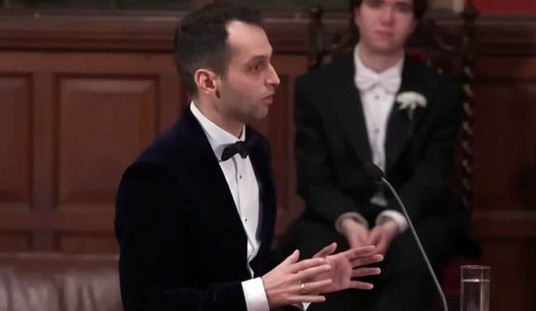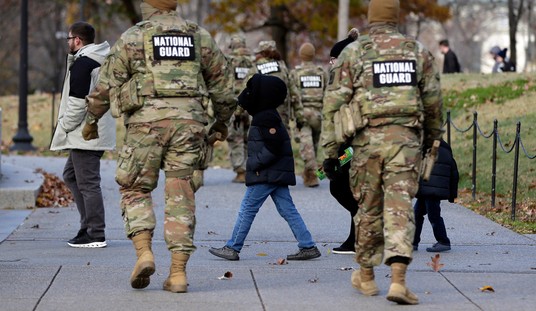Politico Magazine published a first-hand account by one of the alternate jurors in the trial of Jose Ines Garcia Zarate. As an alternate juror, Phil Van Stockum didn’t get a vote in the outcome of the trial, but he did hear all of the evidence that was presented and says the jury reached the right decision.
Van Stockum quickly dispenses with the murder charges writing, “When the prosecution rested its case, it seemed clear to me that the evidence didn’t support the requirements of premeditation or malice aforethought (intentional recklessness or killing) for the murder charges.” He adds, “The evidence didn’t show that Garcia Zarate intended to kill anyone.”
According to Van Stockum, the fact that the bullet bounced off the pavement about 12 feet from Zarate and then traveled another 78 feet before striking Kate Steinle suggested this was not an intentional shooting. Also, Zarate claimed he found the gun at the scene meaning he hadn’t brought it there himself. Video showed other people near a bench where Zarate claimed he found the gun shortly before he arrived. His story was plausible even if it wasn’t verifiable.
But what about the manslaughter charge, i.e. why wasn’t Zarate convicted of the involuntary killing of Kate Steinle? That’s the question I asked when the trial concluded last week. Van Stockum says he agrees that seemed to be the correct charge in this case. So what happened?
The involuntary manslaughter charge that the jury was read included two key requirements: 1) A crime was committed in the act that caused death; 2) The defendant acted with “criminal negligence”—he did something than an ordinary person would have known was likely to lead to someone’s death.
The jury members were not free to select the crime for part (1)—they had to use the one chosen by the prosecution, and the prosecution chose that crime to be the “brandishing,” or waving with menace, of a weapon. As a juror, I found this choice puzzling, because the prosecutor presented absolutely zero evidence of brandishing during the trial. I don’t think we even heard the word “brandishing” until it was read as part of the charge during the jury instructions at the trial’s end. No witnesses ever saw the defendant holding a gun, much less brandishing it. Given that baffling choice by the prosecution, the manslaughter charge was a nonstarter for the jury. Had a different precursor crime been chosen—for instance, the unlawful possession of a firearm by a felon—the outcome might have been different.
This question of brandishing the gun is, again, the one that I raised last week. When Zarate was originally interviewed by police and separately by a local reporter he apparently claimed he had been pointing the gun at a sea animal, possibly a sea lion, when it went off. Here’s how it was reported at the time:
He claims a gun was wrapped in that T-shirt and that it went off when he picked it up.
“Then suddenly I heard that boom boom, three times,” Sanchez said.
He claims he kicked the gun into the San Francisco Bay, lit up a cigarette, and walked off, not knowing he shot someone until he was arrested by police hours later. Sanchez reportedly first told police he was shooting at sea lions.
That detail seems to indicate he knew he was holding a gun and that he was brandishing it (albeit at an animal, not a person) before it went off. This courtroom sketch from the trial shows a discussion of aiming the gun at a seal on a TV in the background. That’s Zarate’s lawyer, Matt Gonzalez, at the podium. Did he successfully undercut this claim during the trial? Did the jury decide Zarate was confused when he gave this answer? It’s still not completely clear to me.

But Van Stockom agrees that the question of whether Zarate knew he had a gun when he picked it up was a key part of the trial. Some of the evidence seemed to back up his claim (that he did not know) but the fact that he was convicted of illegal possession of a firearm suggests jurors ultimately felt he did know.
Even in that case, however, it is not clear to me that part (2) of the manslaughter charge was proved. Only a single particle of gunshot residue was found on the defendant’s hands, which seems to support his repeated claim that the gun was wrapped in some sort of fabric when he picked it up and caused it to fire. If he did not know the object was a gun, it is a stretch to claim that it was criminal negligence for him to pick it up.
The jury did convict Garcia Zarate of the separate charge of illegal possession of a firearm, which indicates that the members felt it to be an unreasonable conclusion that he didn’t know he was holding a gun. He was in the seat where he claims he found it for about 20 minutes prior to the shooting, and he made some statements during interrogation that seemed to indicate that he had known what the item was.
It really does sound as if the prosecutors attempt to press for a murder conviction may have prevented them from focusing on the aspects of the case that could have resulted in a manslaughter conviction. Zarate won’t serve any additional time for the firearm conviction but he is now facing a separate federal case as well as a possible violation of his supervised release in Texas. So he may still spend some additional time in prison.









Join the conversation as a VIP Member